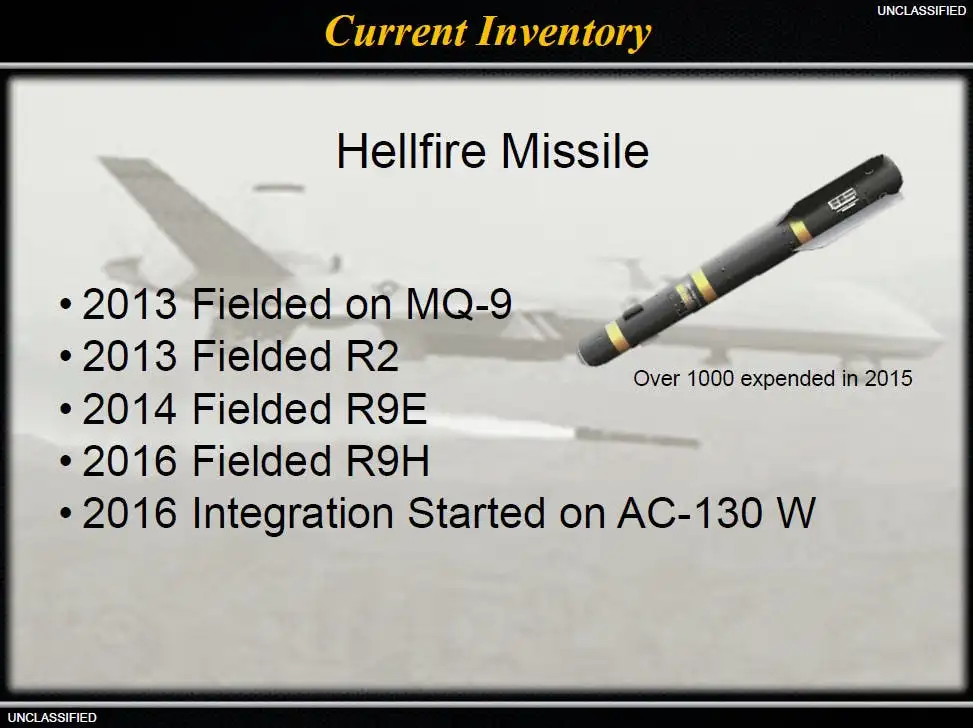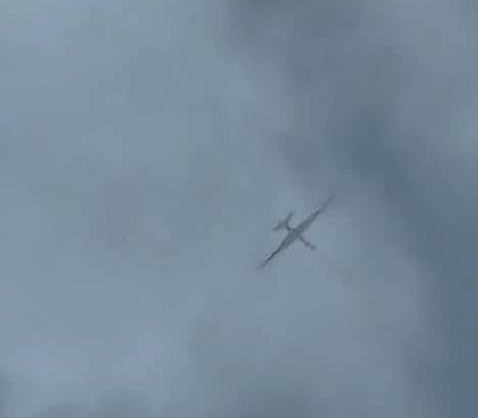Identifying the Drone Used in Strike on Al Qaeda Leader
The US has carried out a drone strike in Kabul, Afghanistan this past weekend killing Ayman Al-Zawahiri, the current leader of Al Qaeda, US President Biden said in a speech Monday. The Department of Defense reports that Zawahiri was killed by a drone, with two AGM-114 Hellfire missiles as part of an “over-the-horizon” strike. Zawahiri, a long-standing member of Al Qaeda, is said by the DoD to have played a key role in the bombing of the USS Cole in 2000 and the near-simultaneous attacks on US embassies in Tanzania and Kenya in 1998. Since the death of Osama Bin Laden in May 2011, Zawahiri has led Al Qaeda and managed its branches around the world. Over-the-horizon airstrikes have traditionally been performed using extended range UAS, flown out of friendly airbases. This capability was first announced by President Biden in August of last year, during the withdrawal of US forces from Afghanistan.
The US has two UAVs in its arsenal that have both an over-the-horizon surveillance/strike capability and are capable of launching AGM-114 Hellfire missiles: the MQ-1C Gray Eagle, and the MQ-9A Extended Range (ER) Reaper. The over-the-horizon capability shown by the US during that time consisted of ER Reapers flown out of Al Dhafra Air Base in the United Arab Emirates, through Pakistani airspace, and up to Kabul for surveillance.
Pakistani officials say that Pakistani airspace was not used for this strike, meaning that the drone could not have flown from Al Dhafra. It is possible that the aircraft flew out of or through Uzbekistan, Tajikistan, Turkmenistan, Kyrgyzstan, or Kazakhstan, but there has been no reported US drone activity in any of these countries.
Photos published of a home in Kabul reported to have been the one struck show minimal exterior damage, with only blown-out windows and little debris. Early reporting based on these images by the New York Times suggested that the Hellfire variant used in the strike may have been the kinetic AGM-114R9X Hellfire, which uses six blades instead of an explosive warhead to kill the target with minimal damage to the surrounding areas. Reporting from the BBC and Bellingcat investigator Nick Waters, however, says that two explosions – inconsistent with the properties of an R9X strike – were heard Sunday morning, around the time that DoD saysthe airstrike took place. It is therefore possible that this was a lower-yield variant of the Hellfire, of which the AGM-114R series reportedly has two: the R9E, which entered service in 2014; and R9H, which entered service in 2016.


Photo of unidentified unmanned aerial vehicle over Kabul, Afghanistan. Cropped by author. Source
Published alongside the photos of the house is a photo of an unmanned aerial vehicle, possibly the one involved in the strike. Analysis from The War Zone’s Joseph Trevithick suggests that the drone pictured matches a Chinese-made Wing Loong II drone. Comparison of the image to schematic views of the Wing Loong II, MQ-9A, and MQ-9A Big Wing shows that the photographed drone is a closer match to the Big Wing variant of the MQ-9A.

Assuming the photograph of the UAV shared online is authentic it appears that the aircraft is more likely to be an MQ-9A Big Wing. The US is known to utilize both the standard MQ-9A and Big Wing drones, with recent imagery showing at least one Big Wing located at Air Base 201 in Agadez, Niger.
The MQ-9A Extended Range Reaper, an earlier version of the concepts implemented by Big Wing, has a reported endurance of up to 37 hours if two external fuel tanks are used. The Big Wing variant, however, has a reported endurance of up to 42 hours and does not require the use of external fuel tanks, better matching the photographed drone. Additionally, the Big Wing has a wingspan that is 13 feet wider than that of the MQ-9A. Thus far, there are no known customers for the Big Wing, but the US Air Force, Air National Guard, Special Operations Command, and soon the Marine Corps, are all known to use the Extended Range Reaper. This makes those agencies perfect candidates for operation of the Big Wing.
